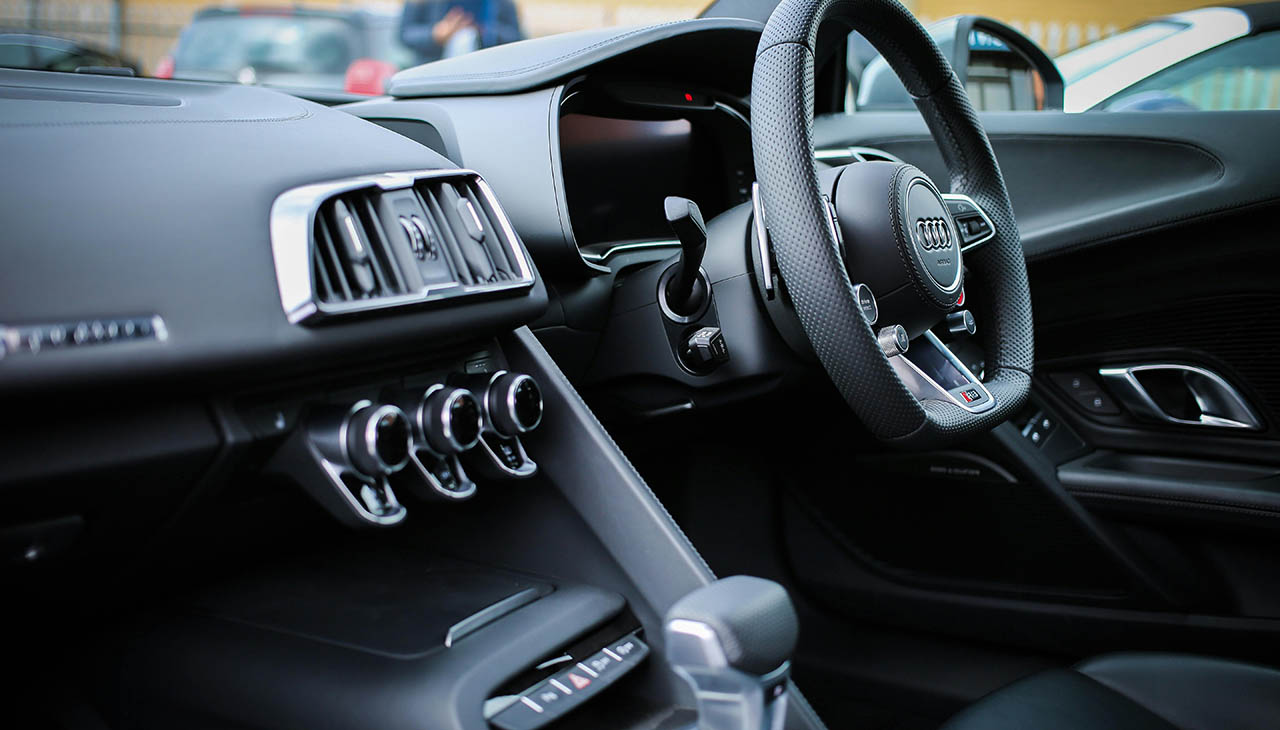
As we embark on a new decade, the automotive industry is gearing up with a slew of cutting-edge technologies set to revolutionize the way we drive. Safety, a paramount concern for every driver, is at the forefront of these advancements. This article delves into the latest innovations in car safety technologies, exploring how they enhance vehicle performance, protect passengers, and promise to transform the future of transportation. Buckle up as we navigate through this exciting journey.
Adaptive Cruise Control
Adaptive Cruise Control (ACC) is an intelligent form of cruise control that adjusts the vehicle’s speed to maintain a safe distance from vehicles ahead. It leverages radar and sometimes lidar sensors combined with a control algorithm to detect the speed and distance of the vehicle in front, allowing the vehicle to automatically brake or accelerate as needed.
The benefits of ACC are multifold. Primarily, it enhances safety by maintaining a safe following distance, reducing the chance of rear-end collisions. ACC also adds convenience for drivers, particularly on long trips or in traffic where constant speed and distance adjustments can be tiresome. It aids in fuel efficiency as well, as the system can manage speed more effectively than a human driver.
ACC is becoming increasingly prevalent in new vehicles. For instance, it is standard on 2022 models of the Honda Accord, Tesla Model S, and the Mercedes-Benz S-Class, demonstrating how mainstream this advanced safety technology has become.
Lane Departure Warning Systems
Lane Departure Warning Systems (LDWS) are designed to alert the driver when the vehicle begins to move out of its lane on freeways and arterial roads. These systems are activated when the vehicle is going over 50 km/h and the lane markings are clearly visible. Sensors mounted on the vehicle monitor the position of the vehicle within the lane, while the system checks the vehicle’s speed. If the vehicle is detected drifting out of its lane, an audio, visual, or haptic warning will prompt the driver to take corrective action.
LDWS are crucial in enhancing safety on the highways by preventing potential accidents due to driver error, distraction, or fatigue. These systems are particularly beneficial during nighttime driving when visibility is generally poorer. They also help in maintaining smooth traffic flow by reducing unnecessary lane departures.
Several car manufacturers have integrated LDWS into their models due to their proven efficacy in increasing road safety. Notable models equipped with this technology include the 2022 Toyota Camry, the Audi A6, and the Volvo S90. These vehicles and their safety technology represent a significant leap forward in our quest for safer roads.
Automatic Emergency Braking
Automatic Emergency Braking (AEB) is a groundbreaking safety technology that actively monitors the distance and speed of obstacles in front of the vehicle. When a potential collision is detected, the system alerts the driver with warnings. If the driver doesn’t respond adequately, AEB takes over and applies the brakes automatically to prevent or mitigate a collision.
There are multiple advantages to having an AEB system in your vehicle. Firstly, it significantly enhances safety by reducing the severity of crashes or avoiding them altogether. This is particularly crucial in situations where a driver might not be able to react quickly enough, such as when a pedestrian unexpectedly walks onto the road. Secondly, having AEB can potentially lower insurance premiums as many insurance companies recognize the system’s capability to prevent accidents and reduce claim costs.
In recognition of its significant safety potential, numerous car manufacturers have started incorporating AEB as a standard feature. Notably, brands like Subaru, Toyota, and Tesla include AEB across all their models. Luxury brands such as BMW, Audi, and Mercedes-Benz also offer this feature, further cementing AEB’s status as a significant step forward in automotive safety technology.
Blind Spot Monitoring
Blind Spot Monitoring (BSM) is a vehicle-based sensor device that detects other vehicles located in the driver’s blind spot. These sensors are typically installed in the rear bumpers and monitor the area not visible in the rear-view mirrors. When a vehicle enters the blind spot, the system alerts the driver through visual or auditory signals, usually a light in the side mirror or a beep sound.
The benefits of BSM extend from enhancing safety to promoting convenience. By alerting drivers to the presence of vehicles in their blind spots, BSM can significantly reduce the risk of collision during lane changes. This technology is particularly beneficial on highways where the traffic is fast-moving, and the volume of vehicles is high. Furthermore, it aids drivers with limited mobility and enhances their driving experience by providing additional assistance.
Several modern cars come equipped with BSM technology. The 2021 Ford Explorer and the 2022 Lexus RX, for instance, have this feature as standard. Other models, like the 2021 Hyundai Santa Fe and the 2022 Mazda CX-5, also offer BSM, demonstrating the widespread adoption of this safety-enhancing technology in the automotive industry.
Rearview Cameras
Rearview Cameras, also known as backup cameras, serve an important role in enhancing vehicle safety by providing the driver with a clear view of the area directly behind the vehicle. This technology is especially useful in vehicles with large blind spots or for drivers who find it difficult to turn and look back. Rearview cameras operate via a camera mounted at the rear of the vehicle, transmitting images to a display screen on the dashboard.
The primary advantage of rearview cameras is their ability to improve safety. They help to prevent back-over accidents, particularly those involving children or small objects that are not easily visible from the driver’s seat. Furthermore, they assist drivers in accurately gauging the distance between their vehicle and obstacles when parking or reversing, reducing the risk of minor collisions and property damage.
An increasing number of vehicle manufacturers are offering rearview cameras as standard equipment in response to their recognized safety benefits. For instance, starting from May 2018, all new vehicles sold in the United States are required to have rearview cameras. This includes major brands such as Chevrolet, Honda, and Ford. High-end manufacturers such as BMW, Audi, and Mercedes-Benz also include rearview cameras in their luxury lineups, indicating the general consensus on the importance of this safety feature.





